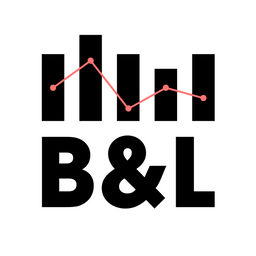A Dashboard for Planet Earth

Over on Nightingale, the Journal of the Data Visualization Society, I've written a 3,000 word feature on one of my favourite environmental visuals - the planetary boundary graphic.
Here's a excerpt, from a section where the coordinator of the international Planetary Boundaries Research Network critiques the chart. She doesn't pull her punches:
Cornell’s list of criticisms is long — that the picture and its caption equates risk and uncertainty, that the traffic light colours create a muddle between “uncertainty about variability in biophysical processes” and “risk to people”, that the yellow zone throws together all kinds and sources of uncertainty, that the split wedges look half as important as the full wedges, that some people interpret it as a pie chart, that others think there must be meaning in the sequencing of the boundaries, and particularly that that different wedges don’t have a common metric but many people think they do.
Read the rest of the article, covering the origins of the graphic as a tablecloth and the new form of economic thinking that it has spawned here:
A Dashboard for Planet Earth
The history of the influential planetary boundaries diagram raises the question: Can a single chart show the health of the entire planet?



